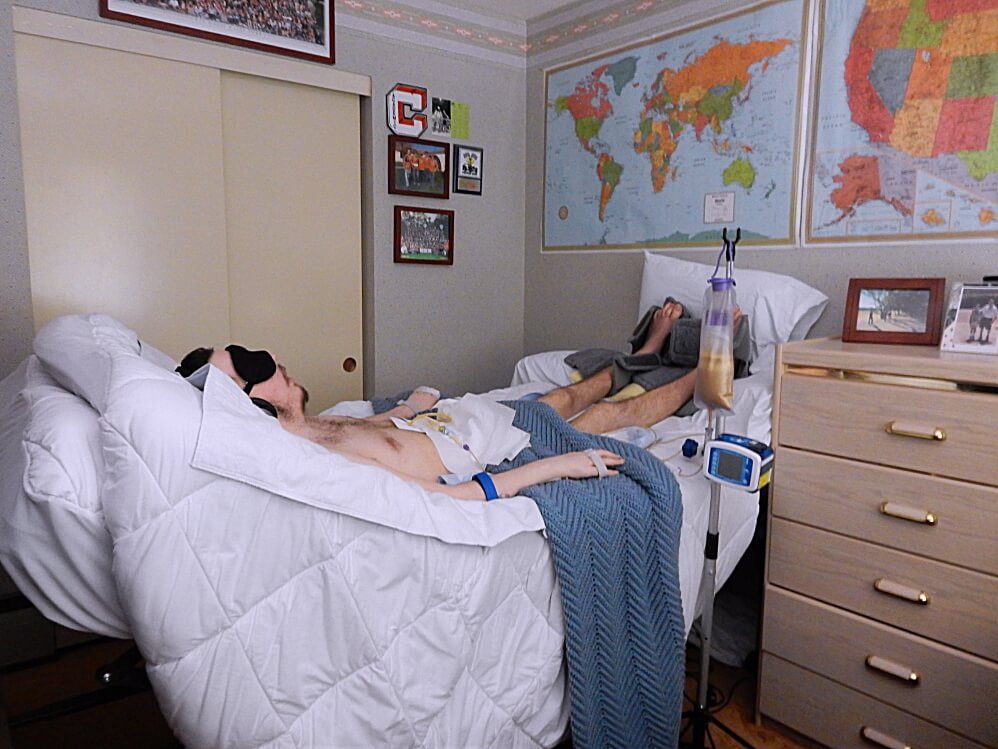For 10 long years, I’ve been writing and broadcasting about Chronic Fatigue Syndrome, now called Myalgic Encephalomyelitis (ME).
Like all chronic diseases, it’s brutally unfair to the afflicted. But ME also can claim to have been unfairly treated by doctors and medical researchers, the pharmaceutical giants, and the politicians who control the flow of funding to the National Institutes of Health and the Centers for Disease Control, the nation’s medical research and health protection agencies.
Research into ME has been grossly underfunded for years. By government standards for other diseases, research funding for ME has been microscopic: It’s received $16 million this year, doubling the 2016 funding. Lyme disease, for example, has received roughly three times the federal funding.
ME is a lifetime affliction. I’ve now spent enough time with clinicians, patients and their families to know just how cruel it is. I’m most pained by the young who will suffer so long, missing all the joys of youth and the fulfillment that is life’s expectation.
Estimates vary on the number of sufferers, starting at 1 million in the United States and 17 million worldwide. However many there are, I can tell you that they suffer terribly.
Getting the disease is a life sentence without parole, commutation or pardon. One of the leading research doctors told me he would rather get cancer than ME. “With cancer, you have a chance of a cure or you die. With ME, you’re hopelessly sick,” he said.
I’ve received many emails from patients who wish for death. Some bring it about.
ME suppresses the immune system, and its most common manifestation is exercise intolerance. Fatigue is the most pervasive symptom, with sleep that doesn’t refresh.
In the most severe cases, patients are bedridden with extreme intolerance of light or sound. Others ride a rollercoaster of feeling slightly better or worse. Migraines and excruciating joint pain are other symptoms.
I was able to have one patient travel to Washington to appear on a television program and do a short radio broadcast. She paid the price she knew she’d have to pay: three days of bed rest.
Some suffers can manage very limited daily activity. But the ever-present cloud of fatigue is there: the dark truth that they’re in a different place than the rest of us.
In the last five years, advocacy groups have generated more interest in the disease in the medical research community, including the NIH, and the public. These vital volunteer groups include the Solve ME/CFS Initiative, the Open Medicine Foundation and #MEAction, created by Jennifer Brea, star of the movie “Unrest,” and PANDORAorg. There are also diligent state organizations, like the Massachusetts Cfids Association.
Yet a cure still eludes, as does any large understanding of ME among doctors and researchers in related fields. The first struggle for the afflicted is to find a doctor who knows what it is and can render a diagnosis. Many visit a dozen or more doctors before they find one who might know the cause of their suffering. There’s no biological marker.
Medical schools don’t include ME in their curricula: not even one lecture in most.
From clinicians in the field, like Dr. David Systrom of the Harvard Medical School and Brigham and Women’s Hospital and his colleague Michael VanElzakker of the Massachusetts General Hospital, the cry is going out to medical schools to inform students about the disease.
Finding a cure is of prime importance. But until that day, getting the word out is also hugely important.
Searching for a cure takes talent, genius and money. For medical schools to advise a new generation of doctors that there’s a monster out there who will one day come through the doors of their practices, is just good medical citizenship.
Hello, there, medical schools.

